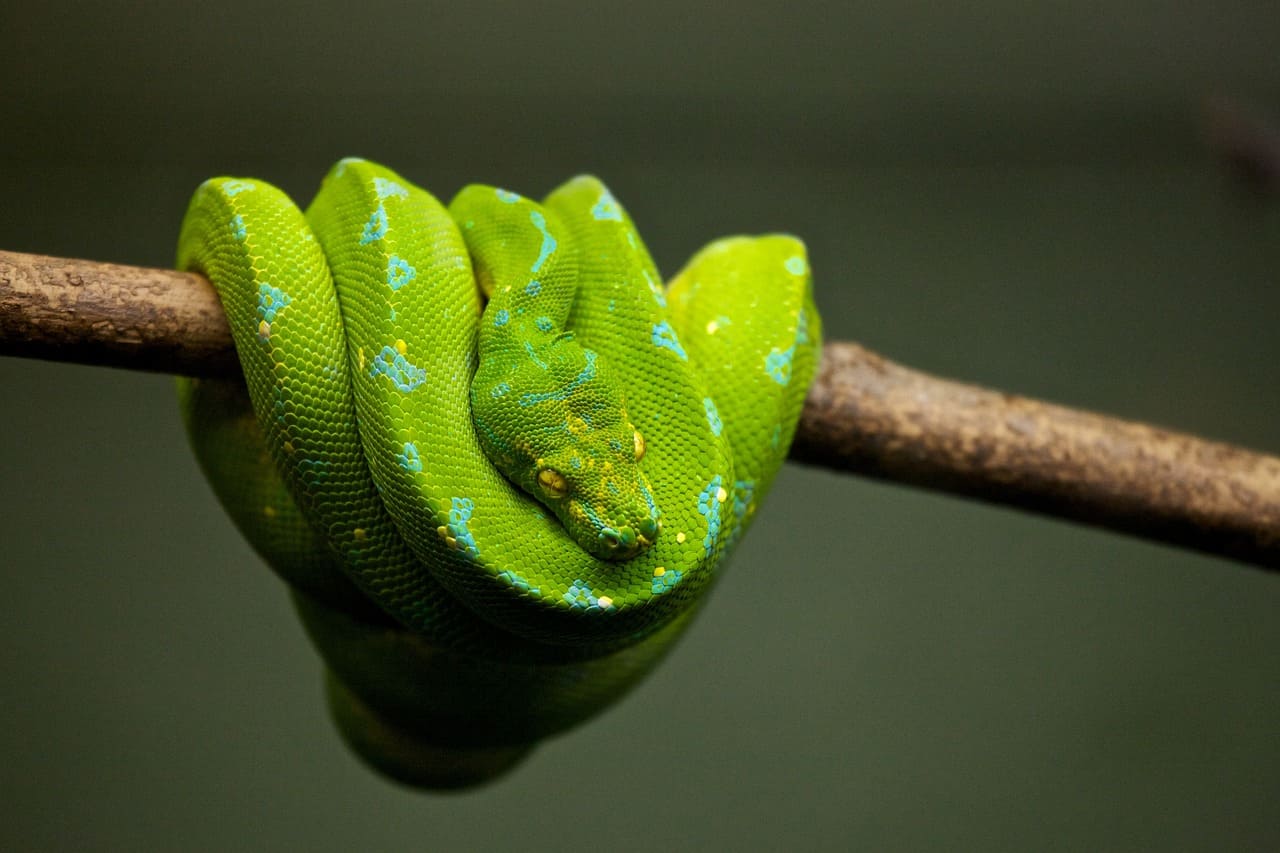
Snakes, with their sinuous forms and enigmatic behaviors, have captivated (and frightened) humans for millennia. These slithering predators have a number of adaptations that have made them successful seemingly against all odds, including a specialized organ on the roof of their mouths that allows them to “taste” scents, flexible skulls that enable them to consume whole prey much larger than their own heads, pit organs that can detect infrared light, and remarkable regenerative abilities rivaled only by lizards.
But perhaps their most defining characteristic is that they have no limbs, which is exceedingly rare among vertebrates. After all, why go through the trouble of having a spinal cord if you can’t use it to control your legs?
Of course, at some point, the ancestors of modern snakes had limbs and lost them some 70 million years ago. How and why did this adaptation occur?
Now, a groundbreaking study has unraveled the intricate genetic blueprint behind these legless wonders, shedding light on the mysteries that have perplexed biologists for ages.
Decoding the serpentine genome
In a quest to decode the secrets of snake evolution, Jia-Tang Li, a herpetologist at the Chengdu Institute of Biology, sequenced the genomes of 14 snake species. These species span 150 million years of evolution. They also looked at an additional 11 previously sequenced snake genomes.
The result is an unprecedented treasure trove of genetic data that is robust enough to uncover patterns that were previously hidden. Li’s team identified significant DNA alterations in a gene called PTCH1, which governs limb development.
While earlier research implicated DNA regions that regulate PTCH1 as culprits for leg loss, this study directly implicates the gene itself. Astonishingly, all snakes possess these PTCH1 mutations, making it a likely crucial genetic basis for their limblessness.
To validate their findings, Li’s team introduced the same mutations into the mouse equivalent of PTCH1. The results were startling—the mice exhibited significantly shorter toe bones. This evidence strongly suggests that PTCH1 could play a pivotal role in the evolution of snake leglessness.

The massive genome analysis also helped to shed light on other perplexing snake adaptations. Snakes have infamously poor eyesight, which is why they resort to sticking out their tongues all the time to get a sense of their surroundings. Previous studies suggested that snakes lost key genes responsible for vision. However, the new research reveals that these genes still exist within their genomes — it’s just their activity was muted and potentially silenced during early snake evolution, particularly among primitive underground-dwelling snakes.
Remarkably, the genetic changes responsible for muted vision genes also affected the ability to hear high frequencies. However, these changes led to a mesmerizing transformation—the remodeling of their ear bones, rendering them exquisitely sensitive to vibrations. Snakes, it seems, traded one sense for another, demonstrating nature’s artful way of repurposing genetic blueprints.
These findings “will undoubtedly have a transformative impact on snake and vertebrate biology,” Todd Castoe, an evolutionary biologist at the University of Texas at Arlington who was not involved with the work, told Science.
The team’s remarkable findings are published this week in the esteemed journal Cell.









